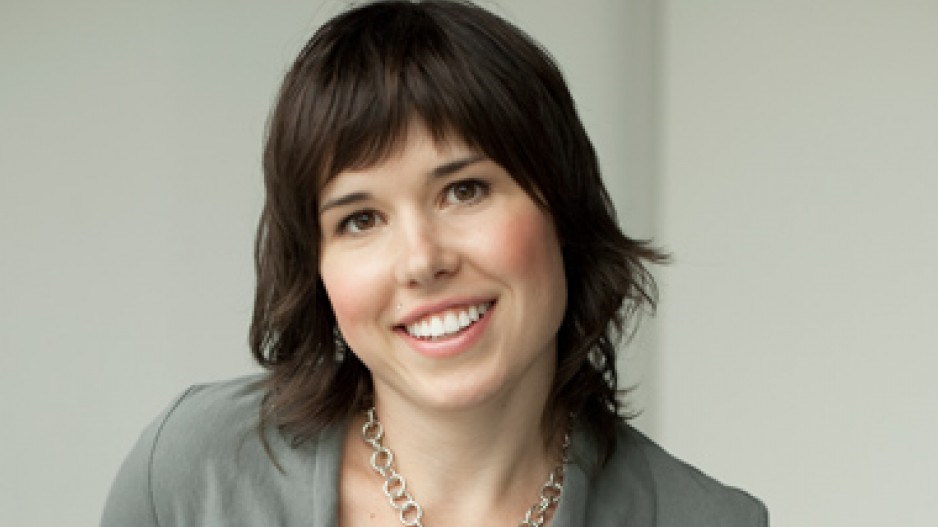Business in Vancouver’s “How I Did It” feature asks business leaders to explain in their own words how they achieved a business goal in the face of significant entrepreneurial challenges. In this week’s issue, 31-year-old fashion designer Nicole Bridger talks about how she went from Lululemon to designing her own sustainable clothing line in her parent’s basement to opening her own store, Nicole Bridger Fashions, and buying a clothing factory.
“I learned how to sew in Grade 7 and was sewing my own clothes but never considered it a career. When I was 16, my first love was the son of [Vancouver shoe designer] John Fluevog. I was with him for four years, so John was like a second father.
“Ryerson University offered a degree program in fashion design, so I went there right out of school. In 2002, I was chosen to go on an exchange program to London England.
“John Fluevog took me into my first Vivienne Westwood store in New York, and I was just blown away. On this exchange program to London I phoned them up and let them know I was coming. They said, ‘Bring your portfolio.’ [On meeting them] they said, ‘This is great, but we have eight interns; we don’t need any more.’
“I walked down the street but then stopped and said, ‘Wait a minute – this is the only reason I’m here.’ So I went right back and I said, ‘Just give me three days. You won’t be sorry.’
“I got to work directly with Vivienne for eight months. She’s created all sorts of waves [including]the punk movement. But she was going through her second bankruptcy at the time. I thought this is great to be a great designer, but I’m not going to be able to do any good unless I learn business.”
“I came back to finish my degree and did a minor in entrepreneurship. I knew that I wanted to live in Vancouver. I applied at BCIT and started doing this entrepreneurship program.
“I called up Chip Wilson, the owner of Lululemon, to pick his brain [about starting a clothing business with friends]. I sat down with him, and he said, ‘Don’t start a business with them; start a business with me.’ I said, ‘I’ll do one year.’ I ended up being there for two years, and I built Oqoqo, a sustainable casual wear line.
“I saw through Lululemon that one of the keys to financial success is to be vertically integrated. If you own all of the processes, you get to make extra margin on each aspect of the process.
“I set up in my parents’ basement so I had zero overhead for rent – I didn’t pay myself. I did everything except for production. I used a factory – Helena Trading – which I have just bought.
“I wanted to create clothing for a modern woman and the whole company was going to be sustainable.Sourcing sustainable fabrics is definitely the biggest challenge, aside from financing.
“From 2007 to 2011 I was wholesaling. I opened my first store spring of 2011 in Kitsilano. I had a manager and a part-time weekend girl. Then in 2012, when I bought the factory, we went to 15 employees.
“I have much shorter lead times [than outsourcing production overseas]. And I can quality-check all the time. And part of my ethos is ethical manufacturing. Cheap labour? Not so ethical.”




